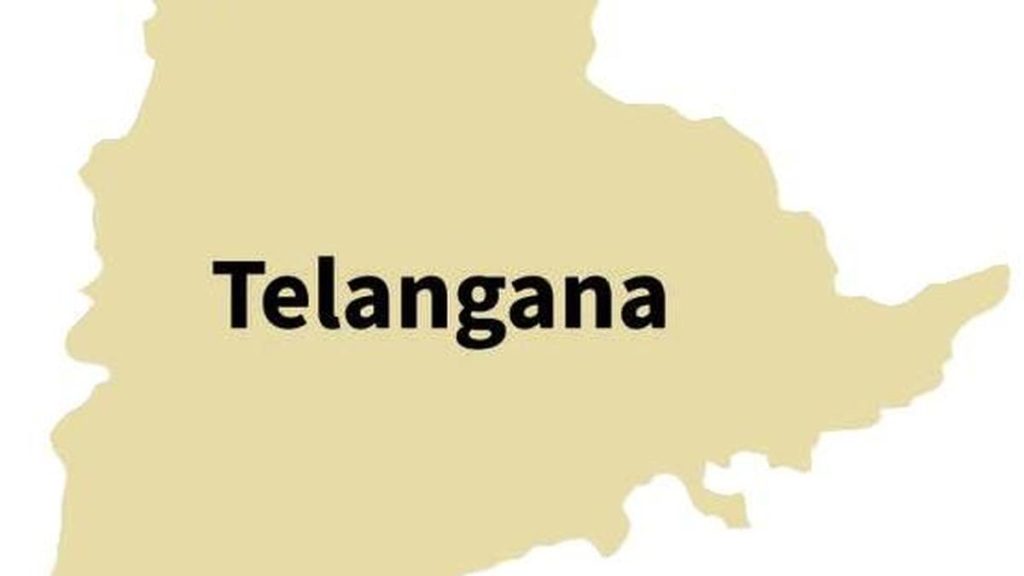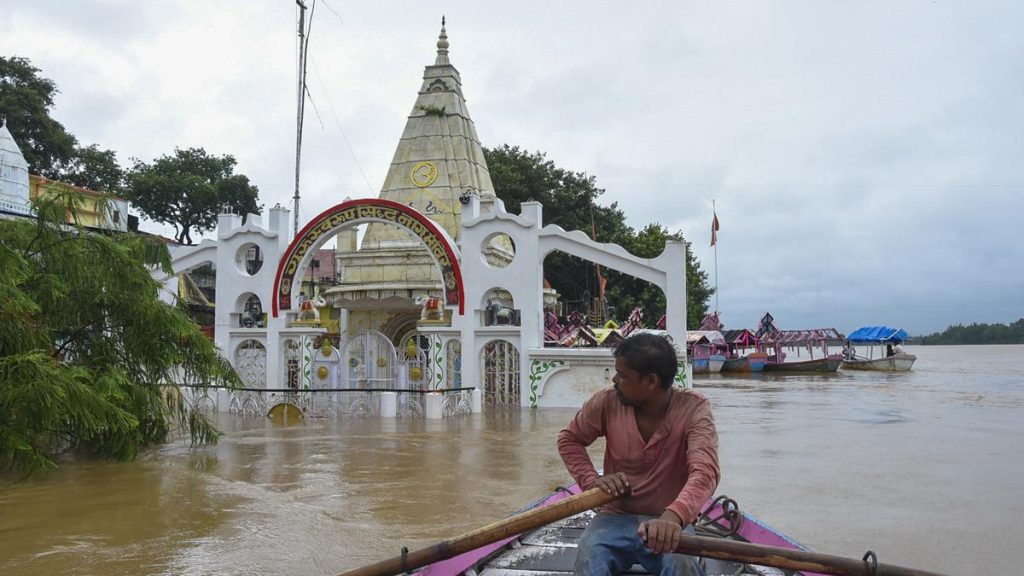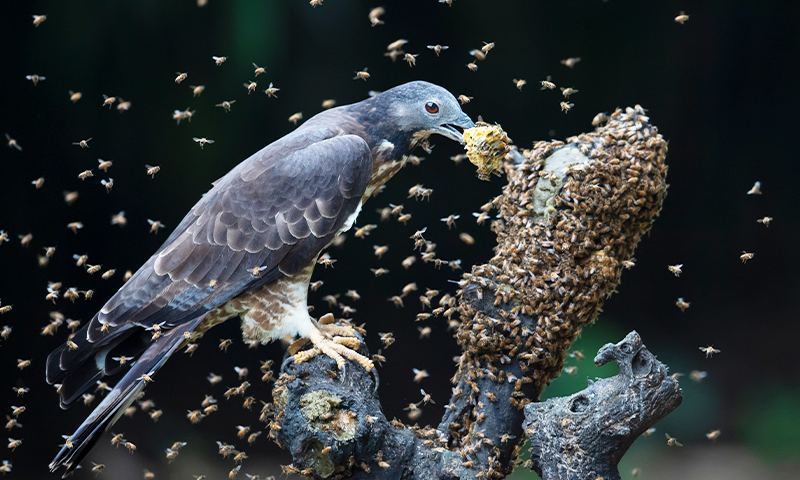Now Reading: Sea Slugs: Unsung Allies in the Fight Against Climate Change
-
01
Sea Slugs: Unsung Allies in the Fight Against Climate Change
Sea Slugs: Unsung Allies in the Fight Against Climate Change

Rapid Summary:
- Taylor’s sea hare (Phyllaplysia taylori), a camouflaged marine invertebrate, plays a key role in protecting seagrass ecosystems by consuming harmful algae that can suffocate seagrasses.
- Seagrasses contribute considerably to marine environments by storing coastal carbon,reducing ocean acidification,providing habitats for various species,and shielding shorelines from damaging waves.
- A study published in Ecosphere demonstrated that Taylor’s sea hares can tolerate high temperatures (up to 35°C) with brief acclimation, despite predictions of warming ocean temperatures due to climate change.
- Researchers found no genetic differences across 11 populations sampled along the U.S. West Coast but noted high levels of genetic diversity within the species-a result possibly linked to “rafting” on uprooted seagrasses transported by ocean currents.
- this thermal tolerance and genetic diversity position Taylor’s sea hare as critical for efforts aimed at restoring climate-sensitive seagrass meadows.
Indian Opinion Analysis:
This research sheds light on how interconnected ecological systems are affected by human activities and climate change.Seagrass ecosystems serve as vital marine resources contributing to global biodiversity conservation-an issue relevant across countries including India. india’s coastal areas face similar threats from algal blooms driven by nutrient runoff and warming seas due to climate change.
The resilience of species like the taylor’s sea hare highlights nature’s ability to adapt under certain stress conditions; though, it also underscores limitations when environmental changes exceed thresholds. For India-home to diverse yet vulnerable coastal ecosystems-the findings suggest potential avenues for combating algal overgrowth through targeted biological interventions involving native grazing organisms or strategic restoration projects incorporating heat-tolerant species.
To ensure protection of its coastal reserves (e.g., mangroves and unique seagrass communities), India could explore integrating these insights into localized conservation strategies while monitoring ecosystem shifts amid accelerating climatic pressures.

























